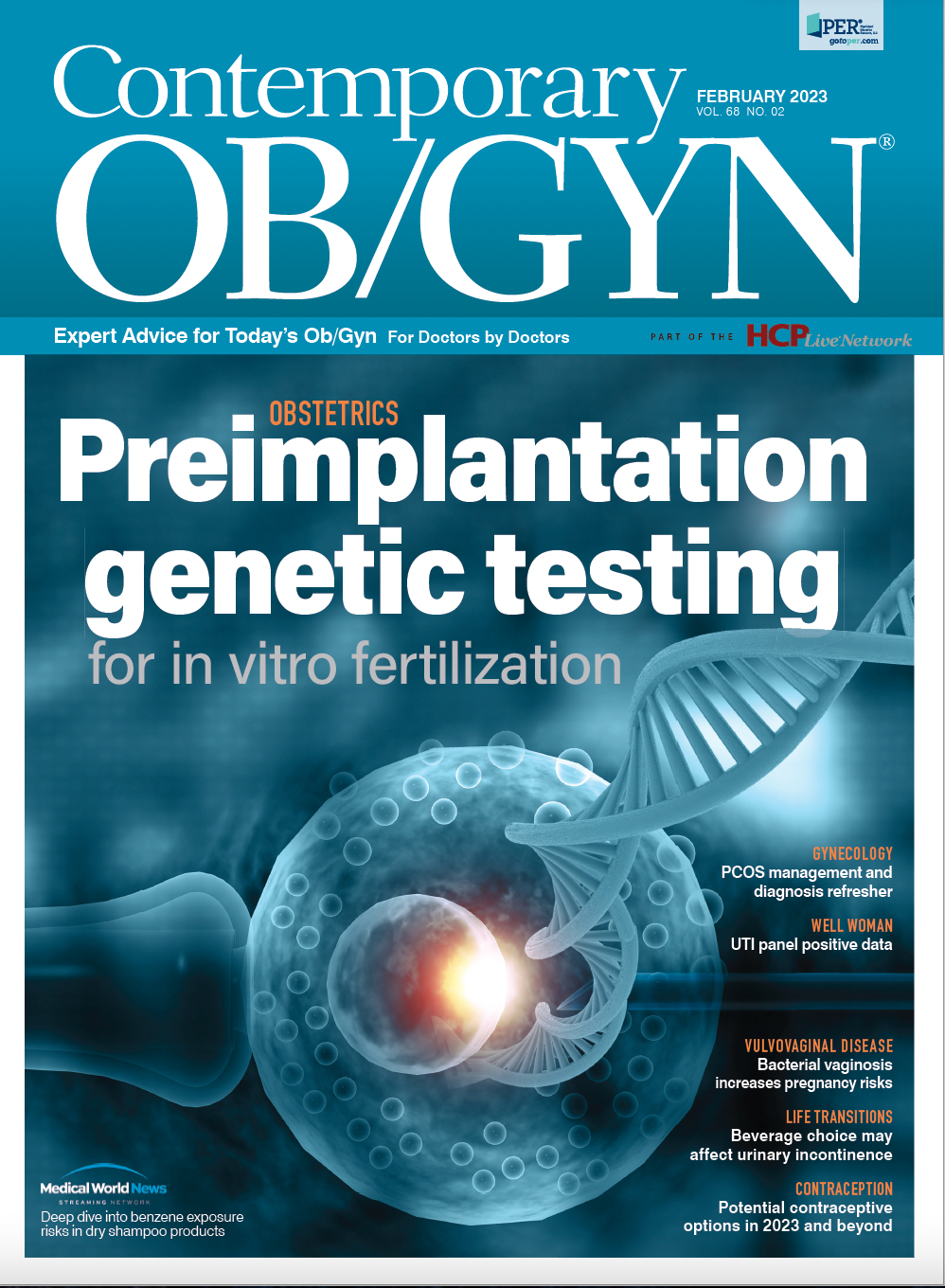Bacterial vaginosis during pregnancy may heighten risk of preterm birth, pregnancy loss
Bacterial vaginosis during pregnancy may lead to increased risks for preterm birth, preterm delivery, and spontaneous abortion, according to new research in the Archives of Gynecology and Obstetrics.
Bacterial vaginosis during pregnancy may lead to adverse outcomes, such as preterm birth, preterm delivery, and spontaneous abortion, according to results from a meta-analysis.
Researchers conducted a meta-analysis to delve deeper into the connection between bacterial vaginosis in early pregnancy and preterm birth. From November 2018 to March 2020, they searched PubMed, Cochrane, Google Scholar, and LILAC for data relating to bacterial vaginosis and preterm birth. They only included studies that were published from 2008 to 2018 and those that offered statistical data. They excluded studies that only consisted of conceptual and qualitative data. The search ultimately led to data from 20,894 women across 11 studies.
Researchers then evaluated the findings of each study, extracting various outcomes and conclusions. They combined the results—risk ratios (RR) and odds ratios (OR)—for deeper analysis. For women with bacterial vaginosis during pregnancy, the combined odds of preterm birth or preterm delivery was 2.79 (2.29-3.41).
Through their evaluation, they found that preterm birth was more than 2 times as likely in pregnant women with bacterial vaginosis than those without the infection (OR= 2.79; 95% CI, 2.29 to 3.41). Bacterial vaginosis was also found to be a greater risk factor for preterm delivery in late pregnancy, increasing the odds 4-fold.
Researchers also examined the conclusions of each study, ultimately identifying bacterial vaginosis in early pregnancy as a significant risk factor for preterm delivery and spontaneous abortion. They also found that the administration of clindamycin at <22 weeks’ gestation significantly reduced the risk for preterm birth.
Reference
Mohanty T, Doke PP, Khuroo SR. Effect of bacterial vaginosis on preterm birth: a meta-analysis [published online ahead of print, 2022 Oct 17]. Arch Gynecol Obstet. 2022;10.1007/s00404-022-06817-5. doi:10.1007/s00404-022-06817-5

S4E1: New RNA platform can predict pregnancy complications
February 11th 2022In this episode of Pap Talk, Contemporary OB/GYN® sat down with Maneesh Jain, CEO of Mirvie, and Michal Elovitz, MD, chief medical advisor at Mirvie, a new RNA platform that is able to predict pregnancy complications by revealing the biology of each pregnancy. They discussed recently published data regarding the platform's ability to predict preeclampsia and preterm birth.
Listen
